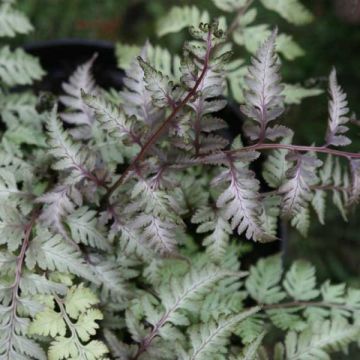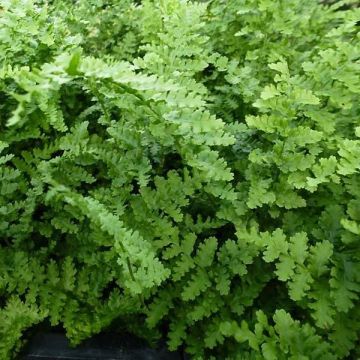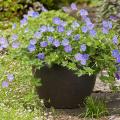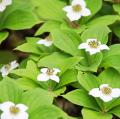Ferns
Does this plant fit my garden? Set up your Plantfit profile →
Available in 2 sizes
Available in 1 sizes
Available in 2 sizes
Available in 2 sizes
Available in 2 sizes
Available in 2 sizes
Available in 2 sizes
Available in 2 sizes
Available in 2 sizes
Available in 2 sizes
Available in 2 sizes
Available in 2 sizes
Available in 2 sizes
Available in 2 sizes
Available in 1 sizes
Available in 1 sizes
Available in 2 sizes
Available in 2 sizes
Available in 1 sizes
Available in 2 sizes
Available in 2 sizes
Available in 1 sizes
Available in 2 sizes
Available in 2 sizes
Available in 2 sizes
Available in 2 sizes
Available in 1 sizes
Available in 2 sizes
Available in 2 sizes
Available in 1 sizes
Available in 1 sizes
Available in 1 sizes
Available in 1 sizes
Available in 1 sizes
Available in 2 sizes
Available in 2 sizes

Available in 2 sizes
Available in 1 sizes
Available in 2 sizes
Available in 1 sizes
Available in 1 sizes
Available in 1 sizes
Available in 2 sizes
Available in 2 sizes
Available in 4 sizes
Available in 2 sizes
Available in 1 sizes
Available in 1 sizes
Available in 2 sizes
Ferns, accustomed to the shady areas of the garden, these plants bring a woody note to the garden and they allow you to decorate a difficult-to-maintain space in the garden. From intense green to purple foliage, they can be deciduous or evergreen, trailing or not. Mixed in with many other plants, they particularly go well with violets and periwinkles. These plants are easy to maintain and cultivate. They can adapt to both outdoor and indoor environments (air-purifying plants). Each habitat has its own fern! But in most cases, they like light, fresh, acidic soils in shady areas. Here are some examples of varieties: Asplenium trichomanes for sunny areas (rockeries or walls), Osmunda cinnamonea for water edges (edible), Dryopteris affinis for limestone soils. Beware of chlorosis (too much limestone in the soil) and mealybugs (treat with black soap/household alcohol best suited for plants)! In terms of cooking, young shoots (10/15cm (4/6in) long) or "croziers" of ferns are commonly consumed in salads or added into many other dishes. As a vegetable, it's best to remove these young shoots with a cloth then boil them in a large amount of water, then change the water and boil again. Repeat this process 4 times to remove bitterness. Drain and enjoy them like asparagus or green beans. They're excellent!
Haven't found what you were looking for?






































































































































